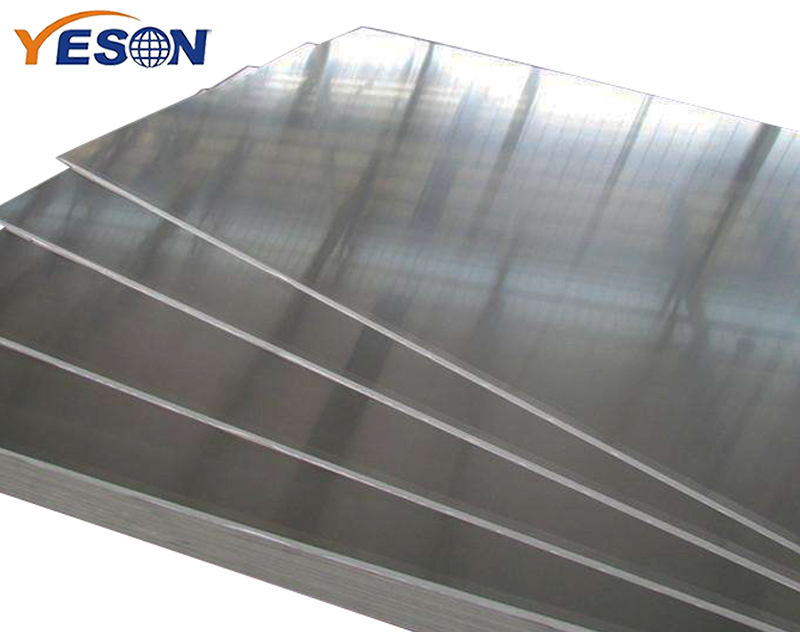Galvanized sheet is widely used in construction, automobile, home appliances and other industries due to its ideal comprehensive properties such as corrosion resistance, forming, welding, and painting, as well as low cost and good appearance. There will be linear protrusions and head-up defects in the production of galvanized sheet, which will affect the quality of the product. The customer's use needs to be controlled.
The appearance and appearance of linear convex defects generally follow the rolling direction and are distributed in a linear pattern of different lengths. They look similar to scratch defects. The difference is that the number of linear convex defects is not fixed, and the relative position is compared. fixed. The cause of this defect is due to a defect in the raw material.
Control measures:
(1) Optimize the composition design of the steelmaking process, focus on adjusting the ratio of manganese and sulfur in molten steel; meanwhile, formulate the cold water quantity system in two seasons to distinguish the interference caused by winter and summer factors.
(2) In the continuous casting stage, select the mold with plating in the upper half without plating.
(3) Strengthen the management of processes and equipment before galvanizing, and try to avoid scratches due to equipment. At the same time, the cold rolling production first considers reducing the maximum rolling force of the passes, thereby reducing the occurrence of rolling material damage caused by excessive shearing.

Because it is somewhat like a wrinkle on a person's forehead, it is called a wrinkle. The hot-dip galvanized steel sheet has transverse streak defects, the fluidity of the zinc solution, and the formation of Coriolis agglomerates in the continuous annealing process, all of which are likely to cause the galvanized sheet to have head streak defects.
Control measures:
(1) Properly increase the temperature of the zinc liquid and the speed of the strip, or reduce the aluminum content in the zinc liquid and increase the height of the air knife to increase the fluidity of the zinc liquid in the air knife area.
(2) Increase the pushing amount of the bending roller to improve the bending effect. Increase the number of yielding areas, reduce the width of the yielding area, and lighten up the wrinkles.
(3) Reduce the tensile elongation, that is, reduce the total amount of plastic deformation.
(4) Reasonable control of strip annealing temperature